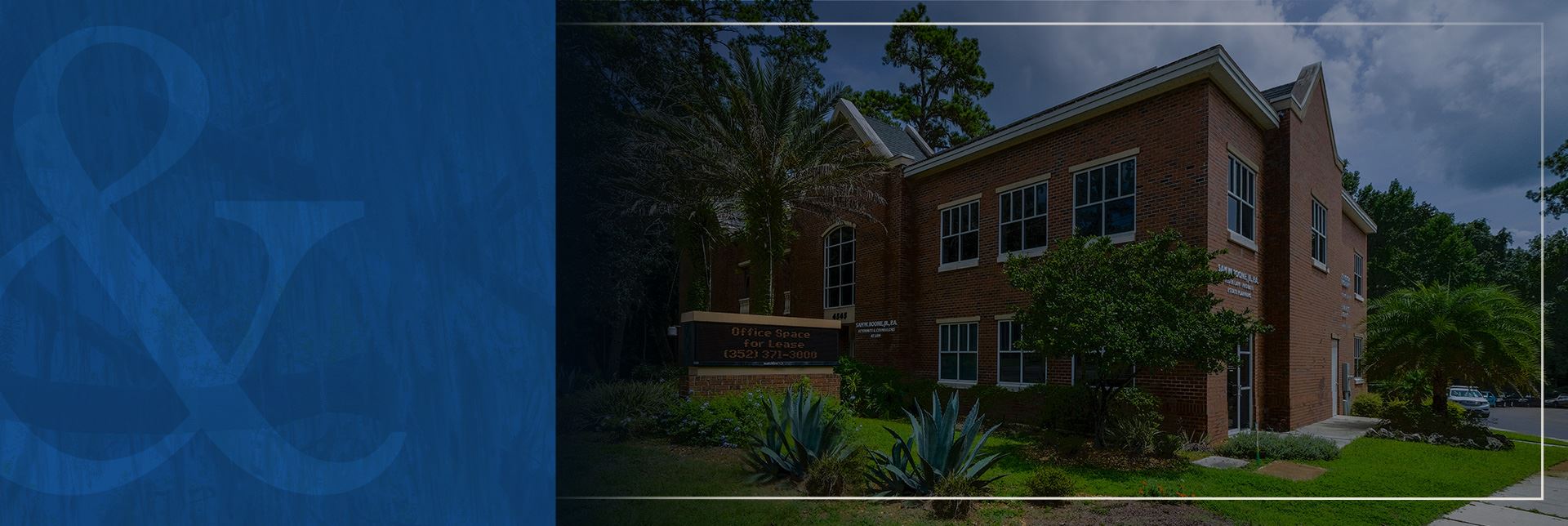Often called unmanned aerial vehicles (UAV), drones have become popular with companies that have aerial applications as well as private consumers. These aircraft are usually controlled by a pilot on the ground or in a different vehicle but no human pilot is aboard. Onboard computers may be used to control very expensive commercial drones.
Industrial and commercial users want to replace expensive cranes with camera-equipped UAVs for filming aerial shots. Whether used for a commercial application or just for fun, what happens when one of these drones falls out of the sky and causes property damage or physically injures a bystander?
This opens the door to a number of interesting concepts in determining liability and negligence, but for now, is uncharted legal territory. Although tons of aviation laws have been adjudicated in courtrooms across the country, the fact that these are unmanned aircraft is an entirely new area for both State of Florida and federal justice systems.
All drone pilots must register their vehicle with the FAA and mark it with the registration. However, drone laws are simply not the same in every state, and Florida has a couple of extra things you need to be aware of in the legal realm:
- You must not fly your unmanned aerial vehicle above 400 feet and the drone must be in sight at all times.
- If you live within five miles of an airport, you must notify the airport (usually via website) before you take flight.
- It is illegal to take pictures from the air of a person or their property without permission, and many expect there could be instances where this happens without the person's knowledge.
The liability for accidents occurring from a commercial drone and a personal drone would differ in cases where someone is injured. This is the reason that a number of manufacturers and distributors of store-brought drones are recommending the buyer of their product purchase drone liability insurance coverage. However, in the event the operator does nothing wrong, it might open the door to drone product defects along with a potential claim against the manufacturer.
Lawsuits will increase together with the popularity of these unmanned aerial vehicles despite the fact that the number of drone accidents is relatively small. Contact our Schackow & Mercadante to determine the best approach to handling your claim in the event you were injured by a personal or commercially-operated unmanned aerial vehicle.

